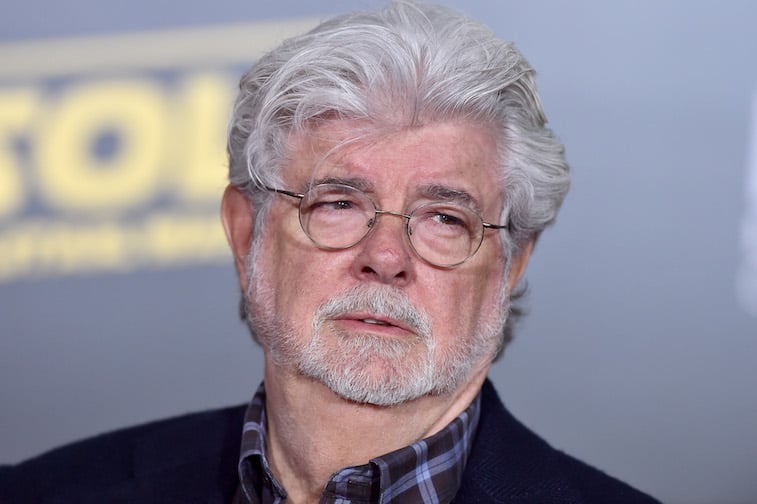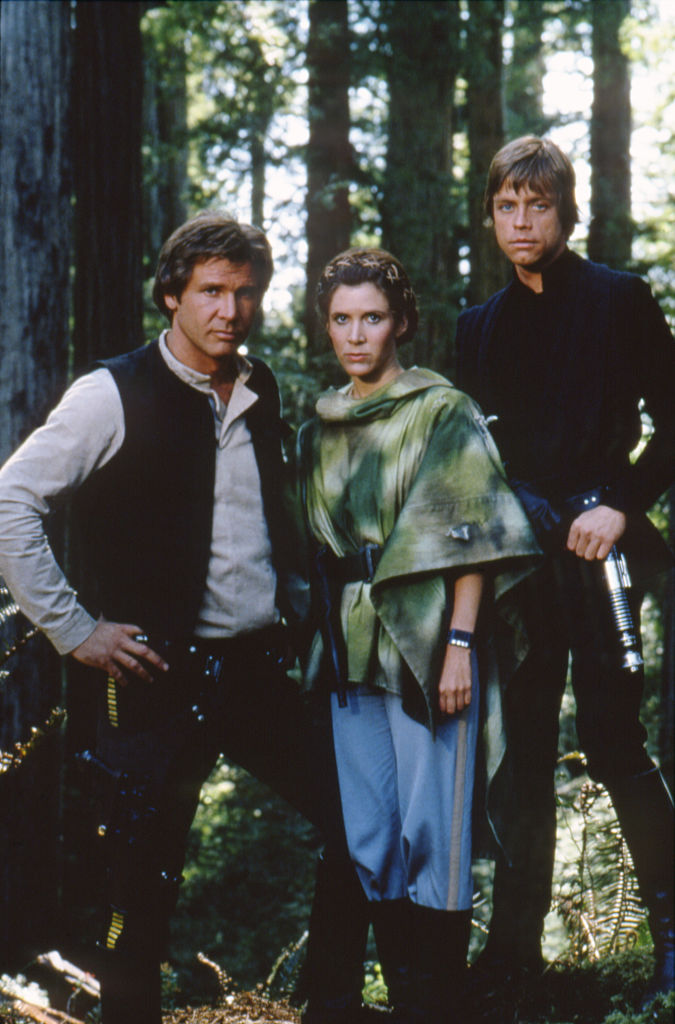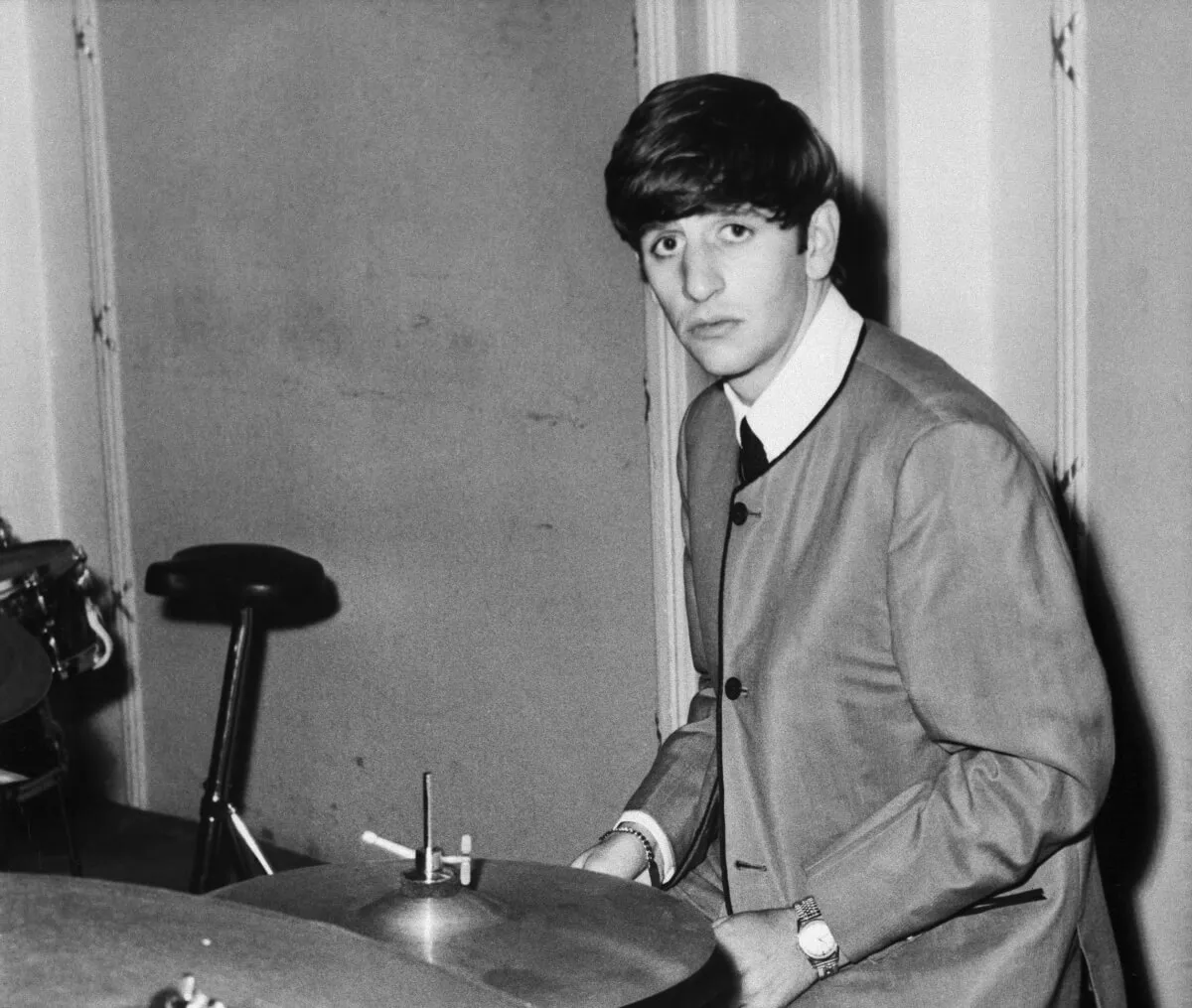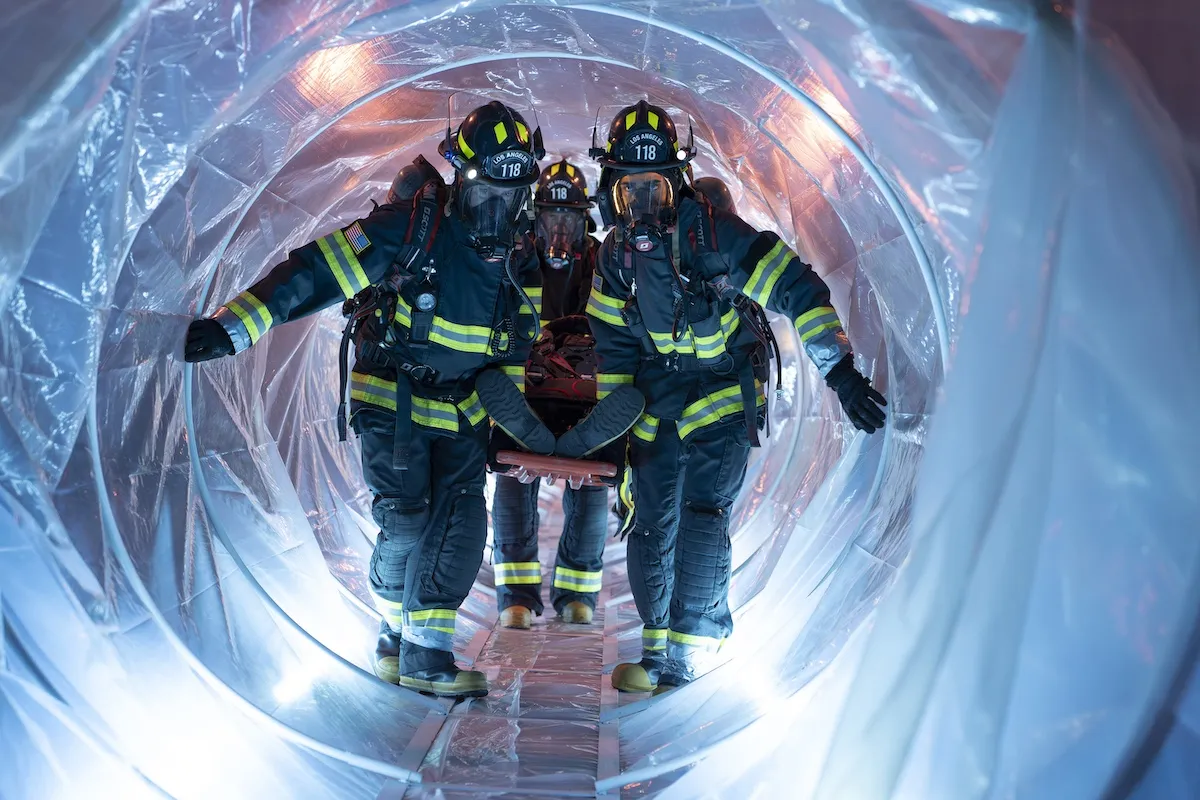Is ‘Star Wars’ Based on a True Story? Here’s the History Behind the Film Phenomenon
Star Wars is so much more than laser sword fights and lifting rocks. With films like Star Wars: A New Hope, George Lucas highlighted history in a way that fans have never seen before — and may not have noticed before. Here are a few of the historical allusions in Star Wars films, including The Rise of Skywalker.

‘Star Wars’ creator George Lucas is known to love history
A galaxy far, far away can still hit close to home. When George Lucas premiered Star Wars: A New Hope in 1977, he wanted to create a space that was unique and imaginative, that still felt close to home in some aspects.
“The reason I’m making Star Wars is that I want to give young people some sort of faraway exotic environment for their imaginations to run around in,” Lucas said in an interview with Biography. “I have a strong feeling about interesting kids in space exploration. I want them to want it. I want them to get beyond the basic stupidities of the moment and think about colonizing Venus and Mars. And the only way it’s going to happen is to have some dumb kid fantasize about it—to get his ray gun, jump in his ship and run off with this
According to History.com, some of the events in Star Wars could be linked to real-life history. Lucas’ love of history was a huge influence in Star Wars: A New Hope — that influence trickled down into newer films in the franchise, including Star Wars: The Force Awakens.
“I love history, so while the psychological basis of Star Wars is mythological, the political and social bases are historical,” Lucas said in an interview with the Boston Globe.

Some parts of ‘Star Wars’ are based on ancient R ome
Although some related imagery between ancient Rome and Star Wars exists in the original trilogy, the comparisons are most prominent in the prequels, where even the architecture illustrated on some planets is similar to that of the ancient empire. Terms used to describe the government, including the senate, the republic, and the empire, are modeled after Rome’s past. Similarities between characters and history, however, are a bit more obvious.
According to history.com, there’s a strong historical allusion to Nazi Germany in the original Star Wars trilogy. Everything from the shape of Darth Vader’s helmet to Emperor Palpatine’s journey from chancellor to dictator mimics the real-life events of Hilter and the Nazis. Those parallels extend to the sequel trilogy, where some compare Kylo Ren and The First Order to the Neo-Nazi movement.
Is ‘Star Wars: The Rise of Skywalker’ based on anything?
Some fans drew parallels between The First Order and the recent Neo-Nazi movement. Similarly, fans drew parallels between the Empire and Nazi Germany. According to The Huffington Post, Director J.J. Abrams imagined The First Order as a sort of second uprising of the Nazis.
“That all came out of conversations about, what would have happened if the Nazis all went to Argentina but then started working together again,” Abrams said in an interview with Empire magazine. “What could be born of that? Could The First Order exist as a group that actually admired The Empire? Could the work of The Empire be seen as unfulfilled? And could Vader be a martyr? Could there be a need to see through what didn’t get done?”
Star Wars: The Rise of Skywalker premieres in the United States on December 20, 2019.


